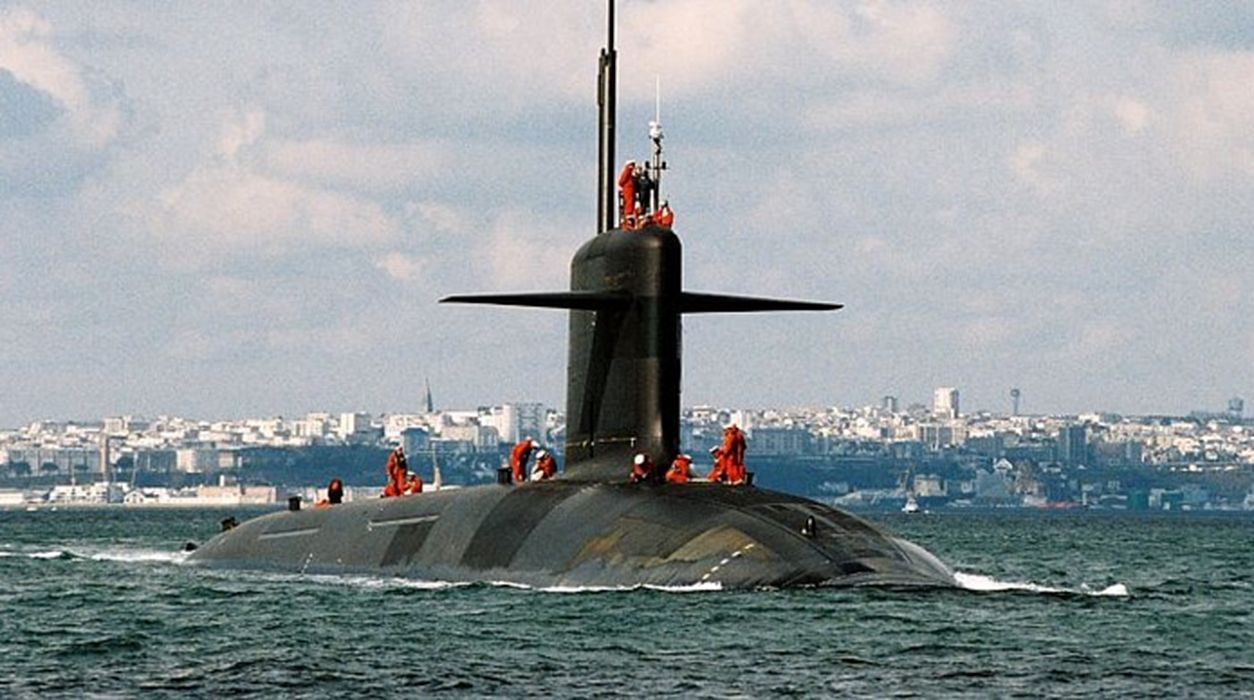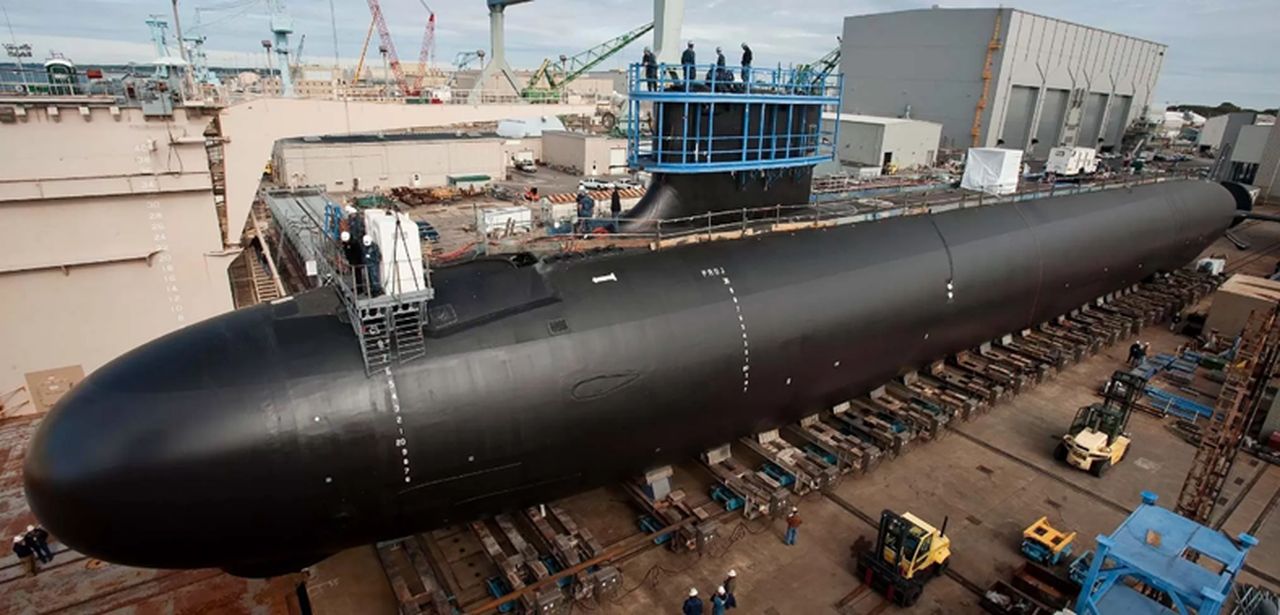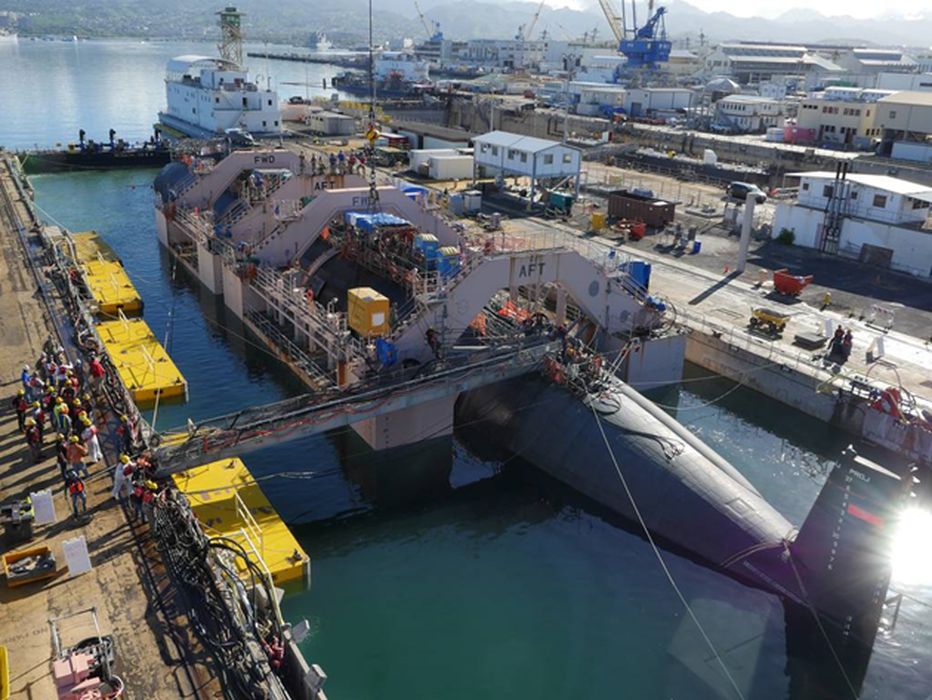
Charles R. Goulding and Preeti Sulibhavi look at submarine production possibilities with 3D printing technology.
Australia is set to receive at least three nuclear submarines according to the Aukus Pact intended to counter-balance Chinese military influence in the Indo-Pacific region. The goal is to create a new fleet of nuclear-powered submarines that will establish a clear and present US-Australian presence in the Asia-Pacific region. Beijing has strongly criticized this naval deal, stating that it sets back nuclear non-proliferation efforts.

We have covered Australia’s Blackhawk and another Australian submarine contract, but this deal is much more impactful.
Nuclear submarines have considerable performance advantages over “conventional” (typically diesel/electric) submarines. Nuclear propulsion, not relying on any air, frees the submarine from the need to surface frequently, as is necessary for conventional submarines.
In 2022, the US Navy is heralded in 3D printing in a bid to end the shortage of critical spares for its nuclear-powered submarine fleet. It began installing printed parts on in-service submarines.
This development was a huge milestone for 3D printing technology. The US lead can open doors for replication among submarine operators across the world. Along with military aviation, submarine construction and maintenance require the most stringent quality standards for materials used on account of high-risk sensitivity.
The US has an industrial base that supports the construction of two Virginia-class nuclear-powered attack submarines (SSNs) annually besides maintenance of its in-service fleet. The shortage of several components has affected the availability of the fleet for military operations. The ongoing construction of a Columbia class submarine – the next-generation ballistic missile-firing nuclear deterrence boat (SSBN) – has created further pressure on Industrial capacity.
The US Navy will begin one-per-year production of the Columbia class submarine from 2026, in addition to two attacks, general purpose SSNs. This time frame is being referred to as the ‘1-plus-2 years’ for its submarine building program, which will put higher stress on existing capacities.

The 3D printing industry has played a part in US land, air and sea defense. Nuclear submarines will only add to the portfolio of ongoing 3D printing military projects.
The Research & Development Tax Credit
The now permanent Research and Development (R&D) Tax Credit is available for companies developing new or improved products, processes and/or software.
3D printing can help boost a company’s R&D Tax Credits. Wages for technical employees creating, testing and revising 3D printed prototypes can be included as a percentage of eligible time spent for the R&D Tax Credit. Similarly, when used as a method of improving a process, time spent integrating 3D printing hardware and software counts as an eligible activity. Lastly, when used for modeling and preproduction, the costs of filaments consumed during the development process may also be recovered.
Whether it is used for creating and testing prototypes or for final production, 3D printing is a great indicator that R&D Credit eligible activities are taking place. Companies implementing this technology at any point should consider taking advantage of R&D Tax Credits.
Conclusion
The US-UK-Australian nuclear submarine pact is a major move to the Indo-Pacific region. 3D printing is playing an interesting role in submarine production.
